Photos: NASA Rockets Launch on Fourth of July
Suborbital Rockets Launch on July 4th
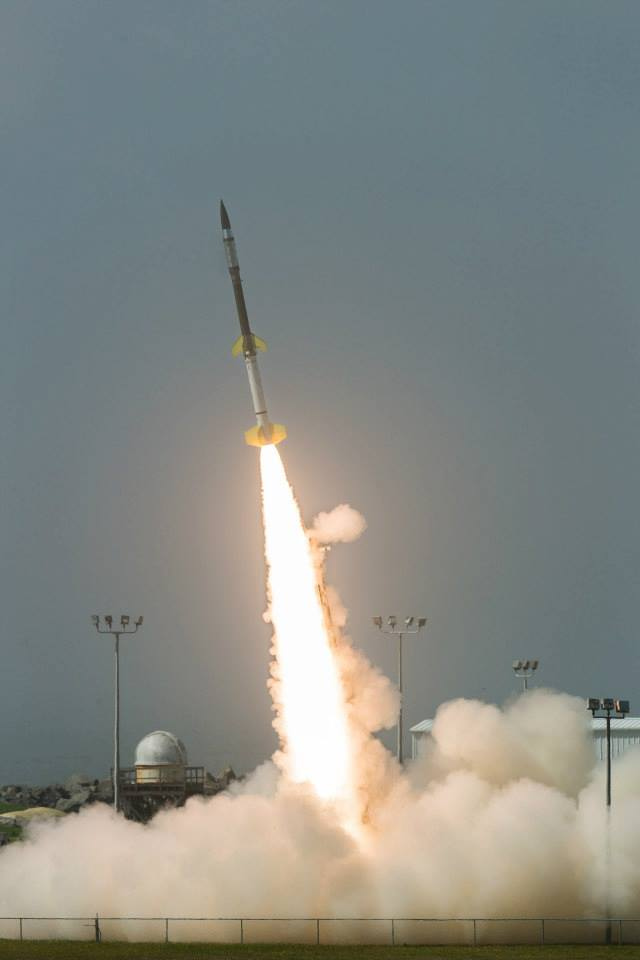
Two suborbital rockets were successfully launched 15 seconds apart on July 4, 2013 from the NASA Wallops Flight Facility. NASA's Fourth of July rocket launches were part of the Daytime Dynamo mission, a joint project with the Japan Aerospace Exploration Agency to study how electrical currents move in Earth's ionosphere between 30 and 600 miles (48 and 965 kilometers) above the surface. This image was released July 5, 2013.
Dynamo Mission Lifts Off
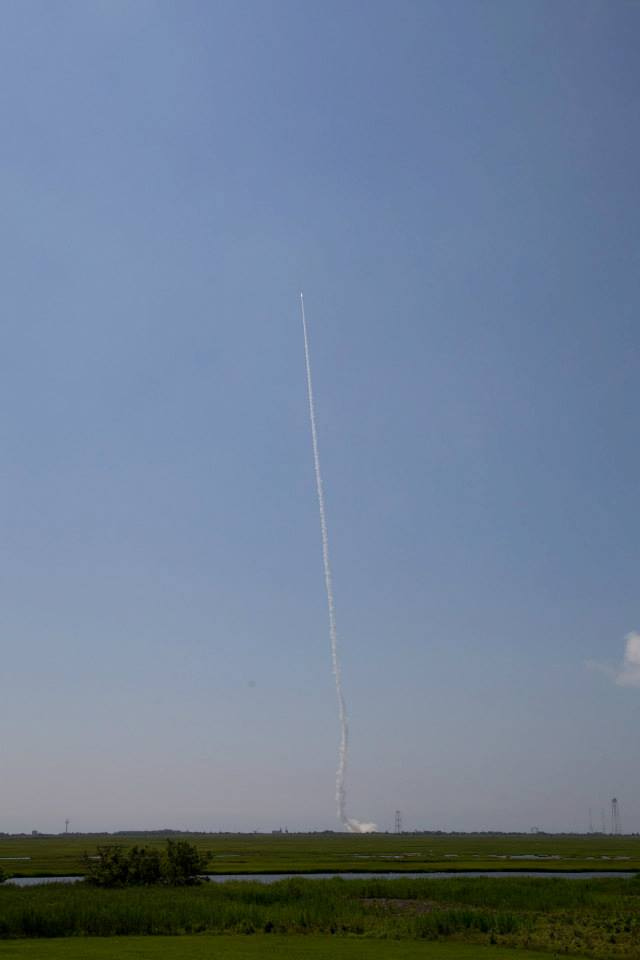
The Fourth of July launches at NASA Wallops Flight Facility were part of the Daytime Dynamo experiment, a joint project between NASA and the Japan Aerospace Exploration Agency, or JAXA. The rocket launch came after days of delays due to unfavorable weather at the Wallops launch range. It was only by coincidence that the rocket launch coincided with the annual U.S. Independence Day holiday. This image was released July 5, 2013.
Contrails Over Wallops
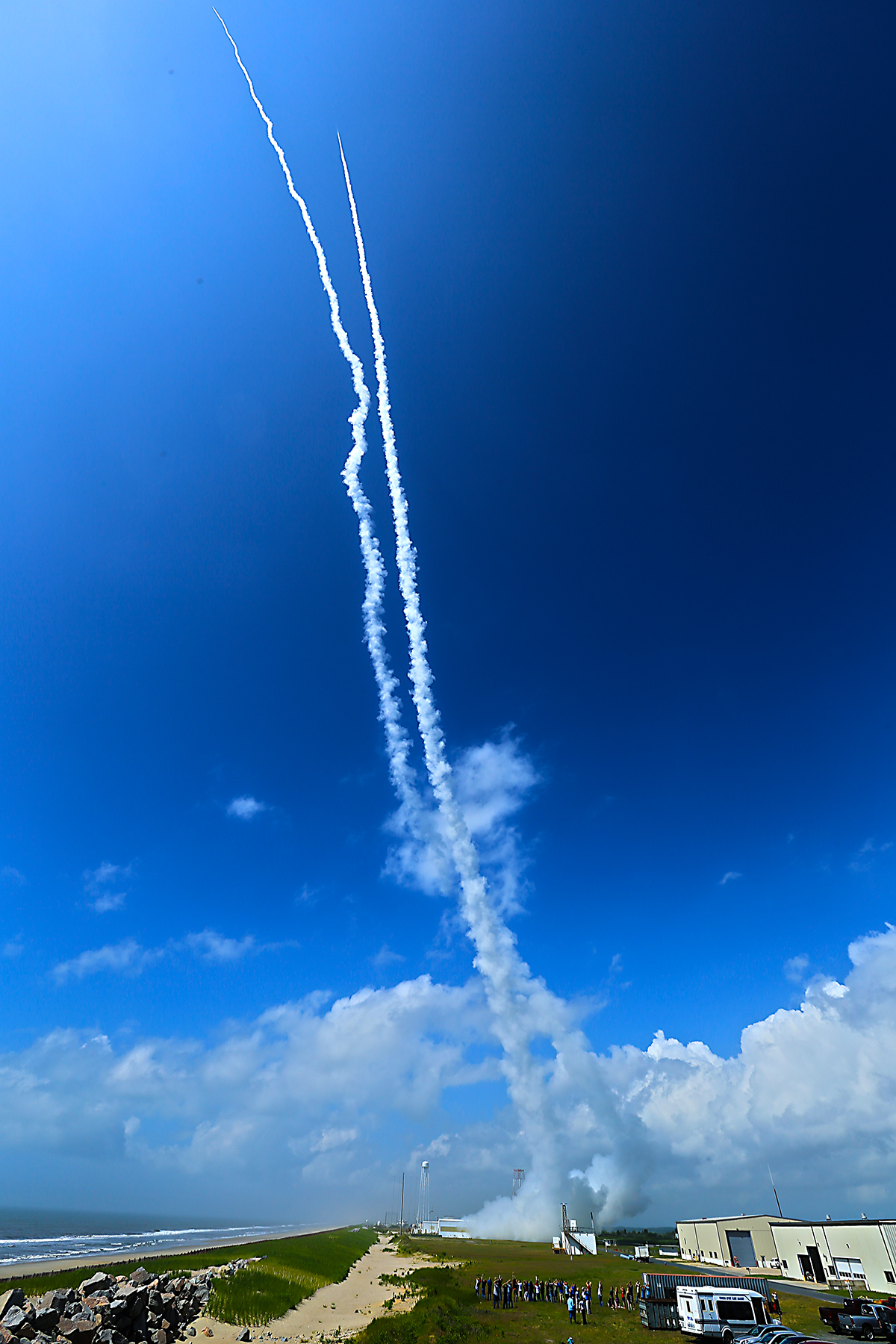
Contrails line the sky over Wallops Island, Va., on July 4, 2013 after two sounding rockets launched 15 seconds apart as part of the Daytime Dynamo experiment. A NASA Black Brant V was launched at 10:31:25 a.m. and was followed 15 seconds later by a Terrier-Improved Orion.
Independence Day Marks Dynamo Mission Lift Off
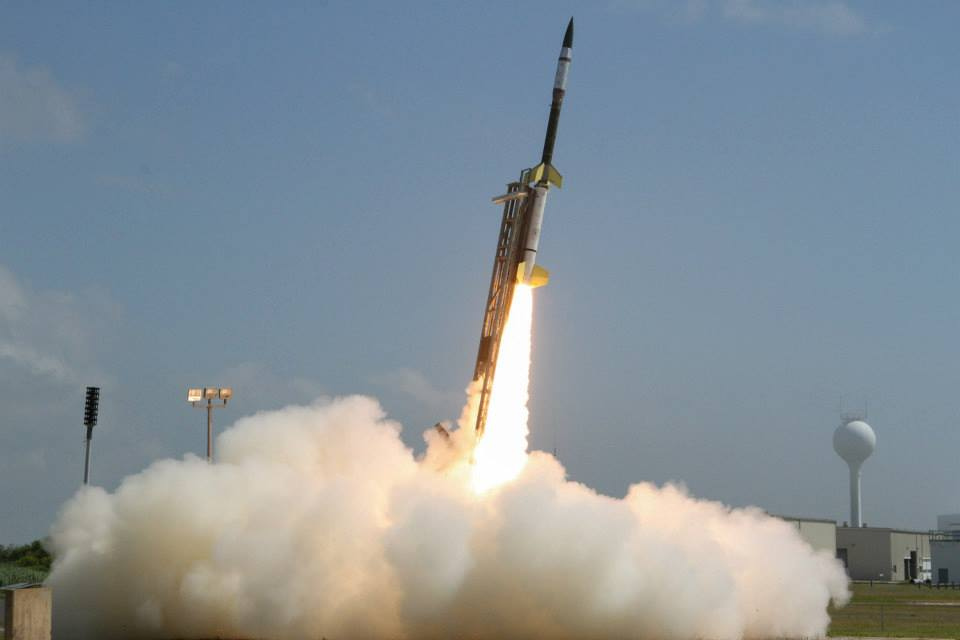
Two suborbital rockets were successfully launched 15 seconds apart on July 4, 2013 from the NASA Wallops Flight Facility. NASA's Fourth of July rocket launches were part of the Daytime Dynamo mission to study how electrical currents move in Earth's ionosphere between 30 and 600 miles (48 and 965 kilometers) above the surface. This image was released July 5, 2013.
Daytime Dynamo Experiment Soars on Independence Day
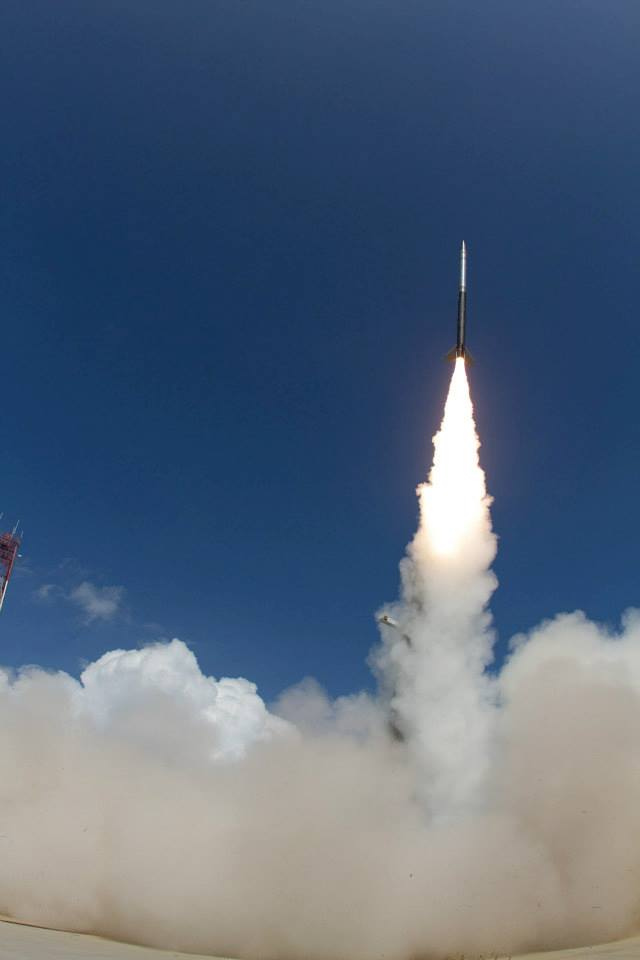
Two suborbital rockets took off on July 4, 2013 from the NASA Wallops Flight Facility to study electrical currents in the ionosphere. This image was released July 5, 2013.
Fourth of July Lift Off
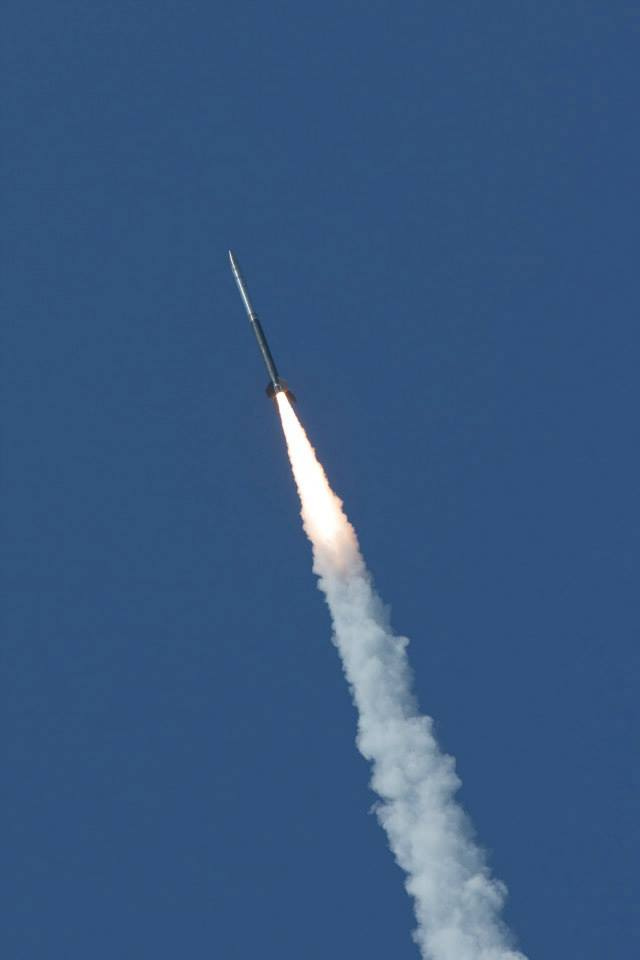
The Black Brant V rocket launched at 10:31:25 a.m. EDT (1431:25 GMT), with the Terrior-Improved Orion rocket following at 10:31:40 a.m. EDT (1431:40 GMT) on July 4, 2013 from the NASA Wallops Flight Facility as part of a study of electrical currents in the ionosphere. This image was released July 5, 2013.
Dynamo Mission Soars into the Clouds
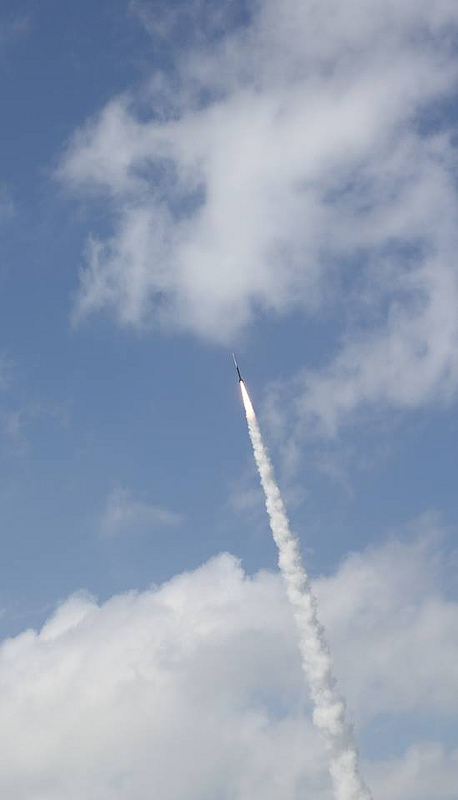
Two suborbital rockets launched on July 4, 2013 from the NASA Wallops Flight Facility. The project is designed to study a global electrical current called the dynamo, which sweeps through the ionosphere. This image was released July 5, 2013.
Get the Space.com Newsletter
Breaking space news, the latest updates on rocket launches, skywatching events and more!
Daytime Dynamo Rocket Launch
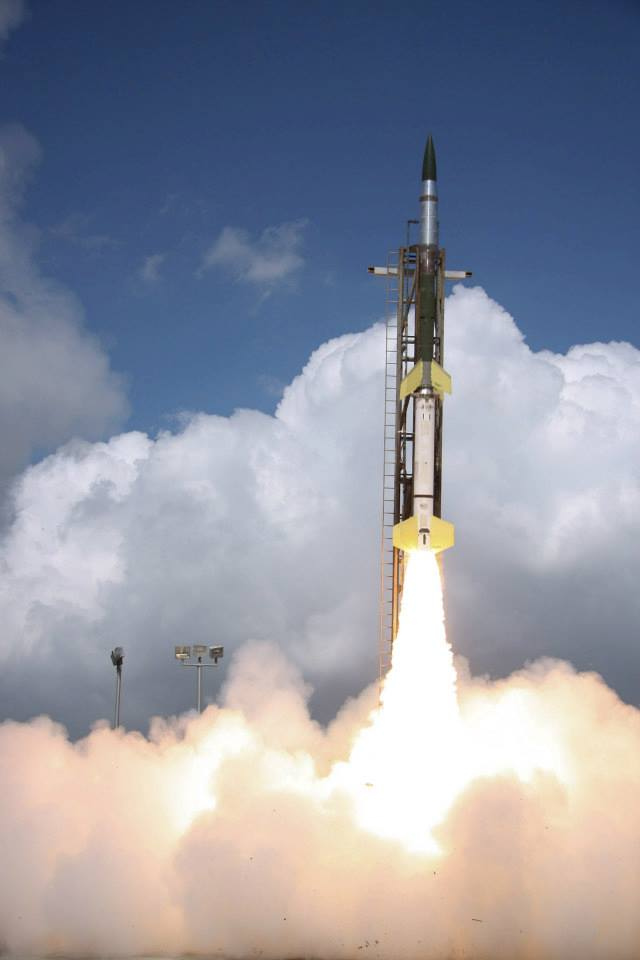
The Fourth of July launch of the Black Brant V at 10:31:25 a.m. and the Terrier-Improved Orion at 10:31:40 at NASA Wallops Flight Facility were part of the Daytime Dynamo experiment, a joint project between NASA and the Japan Aerospace Exploration Agency, or JAXA. This image was released July 5, 2013.
NASA’s Fourth of July Lift Off
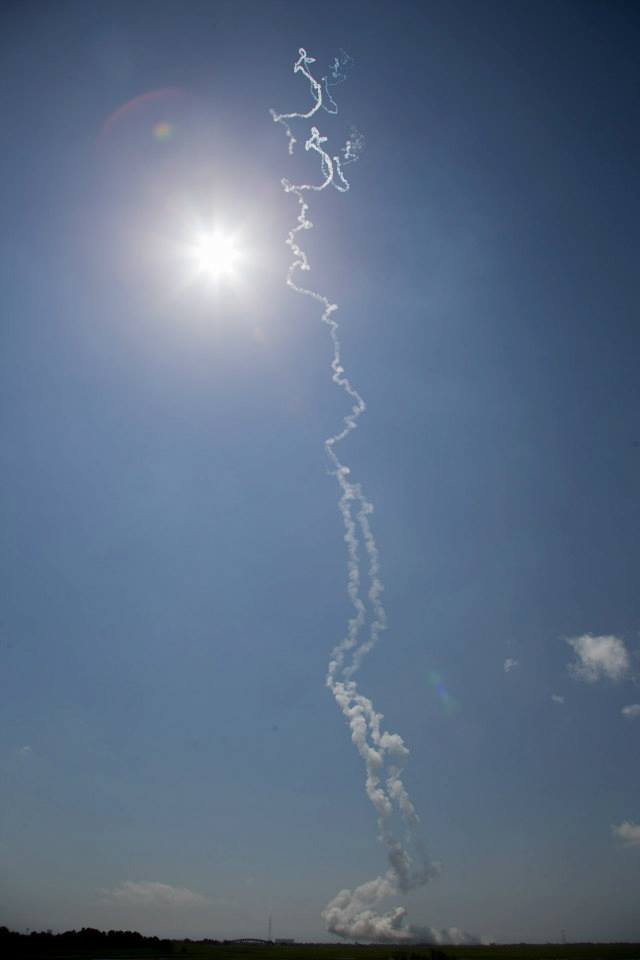
Two suborbital rockets launched on July 4, 2013 from the NASA Wallops Flight Facility. The larger Black Brant V rocket carried instruments to measure the neutral and charged particles in Earth's ionosphere, while the smaller Terrier-Improved Orion released a lithium gas compound designed to allow scientists on the ground track the electrical current wind patterns. This image was released July 5, 2013.
Suborbital Rockets Soar
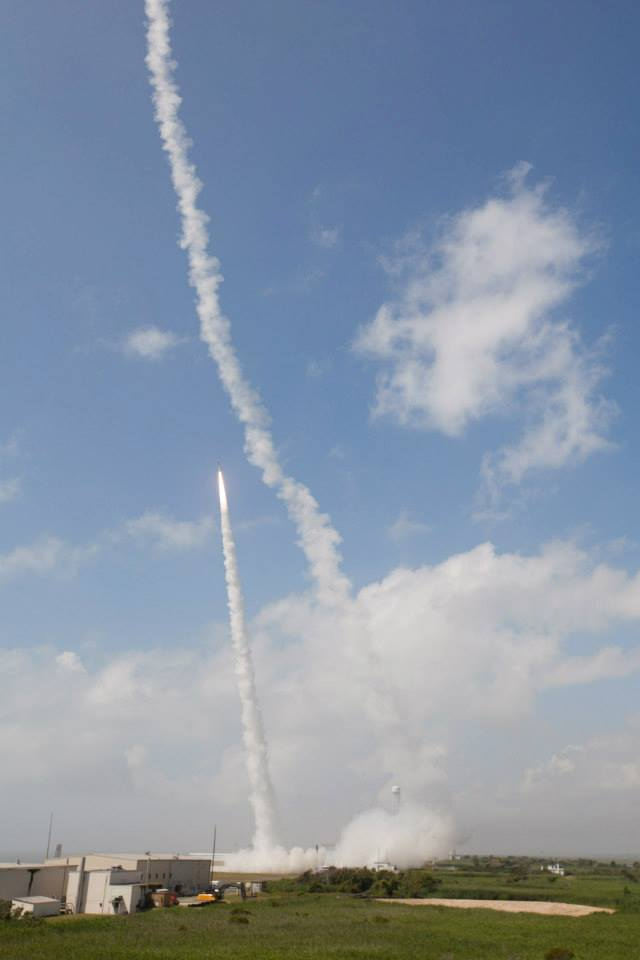
Two suborbital rockets were successfully launched 15 seconds apart on July 4, 2013 from the NASA Wallops Flight Facility. This image was released July 5, 2013.
Independence Day Lift Off
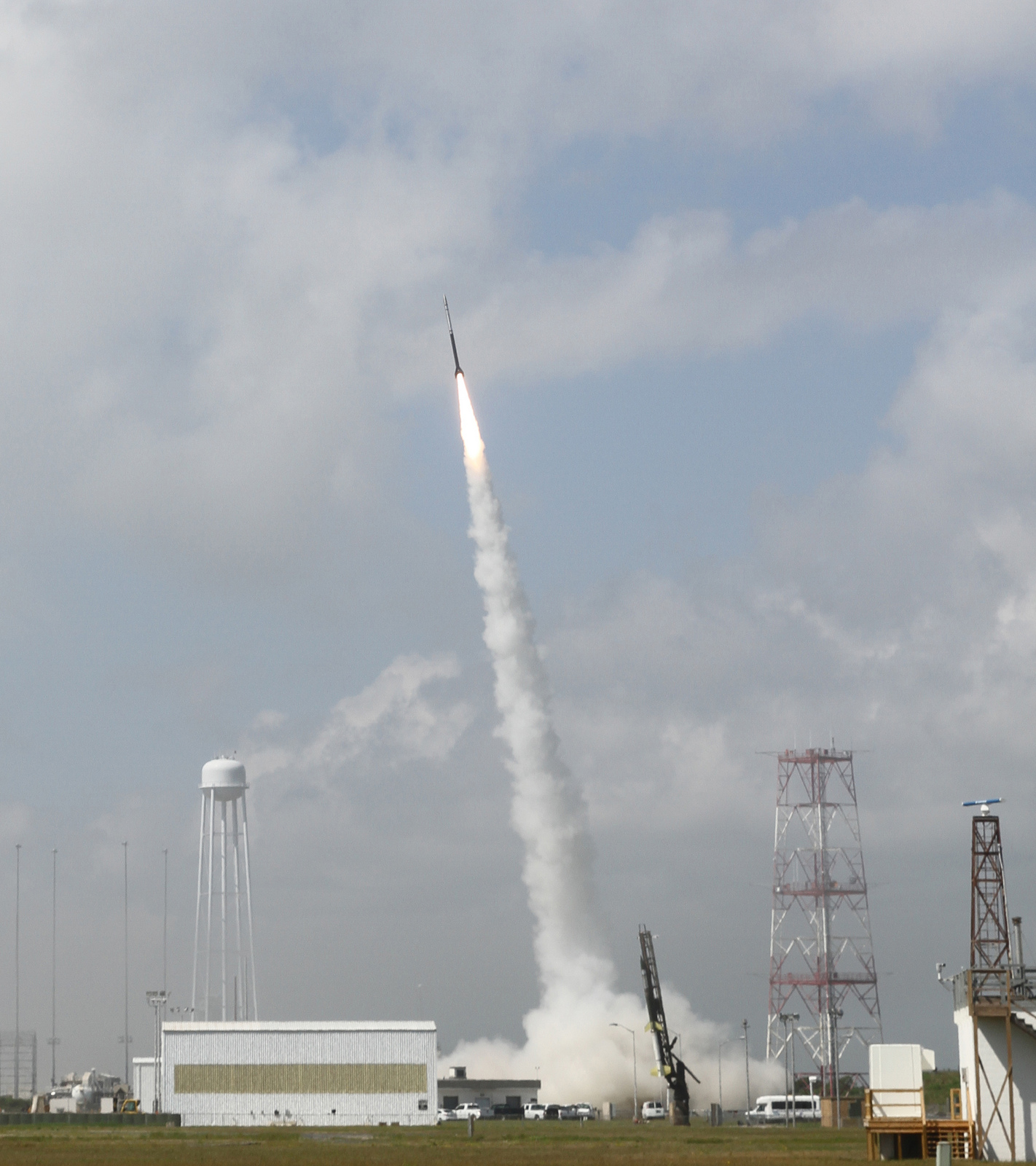
The July 4, 2013 launches of the Black Brant V rocket and the Terrier-Improved Orion from NASA’s Wallops Flight Facility were part of the Daytime Dynamo experiment, a joint project between NASA and the Japan Aerospace Exploration Agency, or JAXA. This image was released July 5, 2013.
Join our Space Forums to keep talking space on the latest missions, night sky and more! And if you have a news tip, correction or comment, let us know at: community@space.com.

Space.com is the premier source of space exploration, innovation and astronomy news, chronicling (and celebrating) humanity's ongoing expansion across the final frontier. Originally founded in 1999, Space.com is, and always has been, the passion of writers and editors who are space fans and also trained journalists. Our current news team consists of Editor-in-Chief Tariq Malik; Editor Hanneke Weitering, Senior Space Writer Mike Wall; Senior Writer Meghan Bartels; Senior Writer Chelsea Gohd, Senior Writer Tereza Pultarova and Staff Writer Alexander Cox, focusing on e-commerce. Senior Producer Steve Spaleta oversees our space videos, with Diana Whitcroft as our Social Media Editor.









